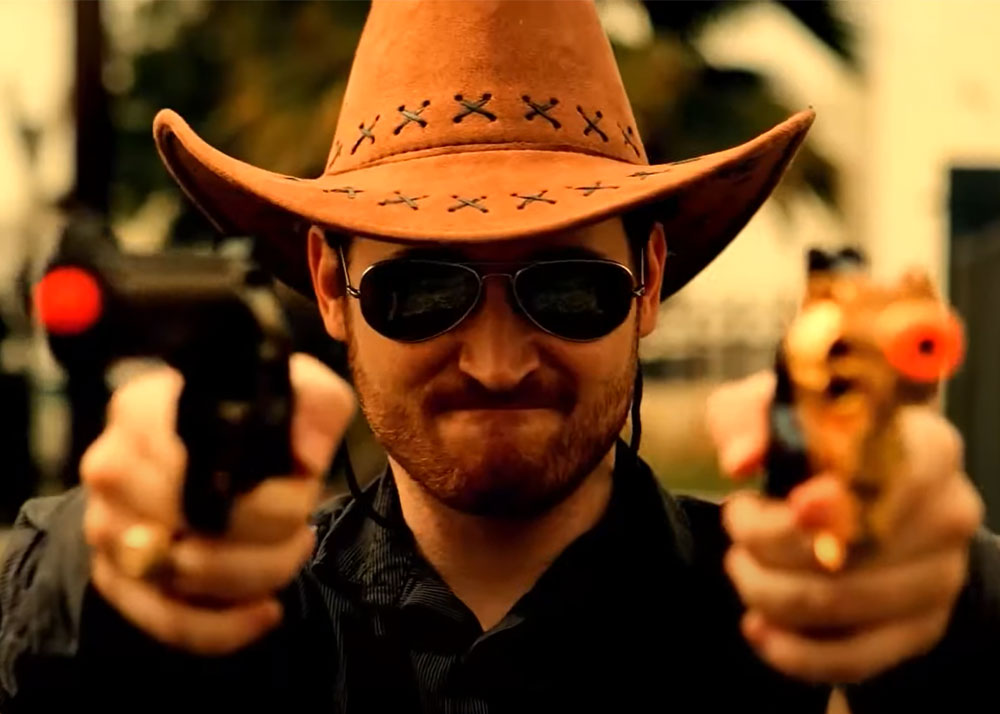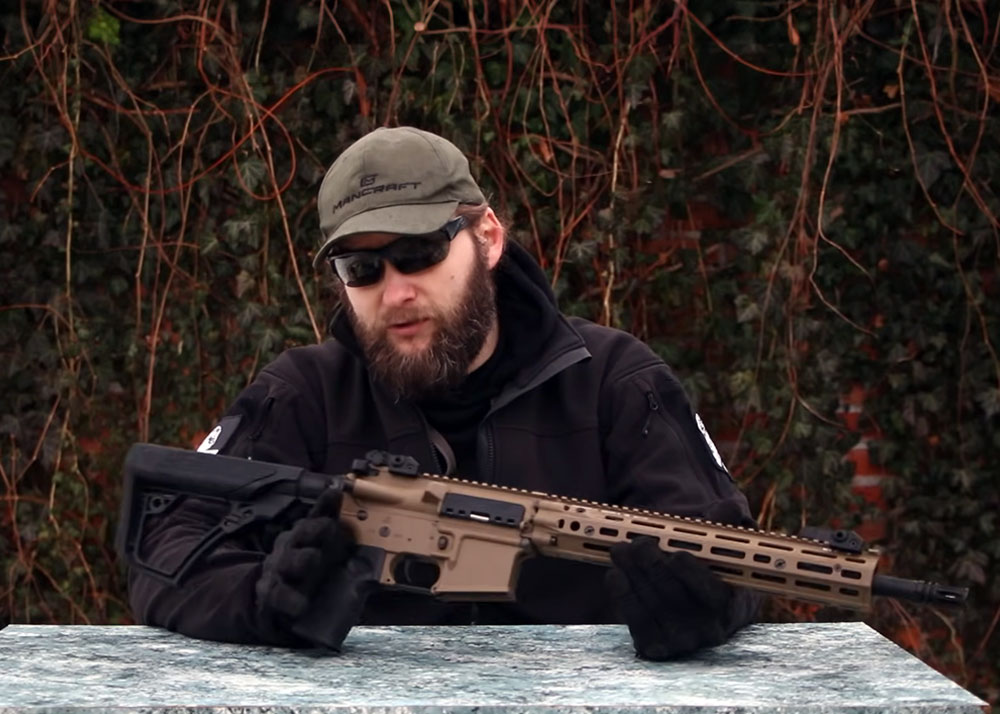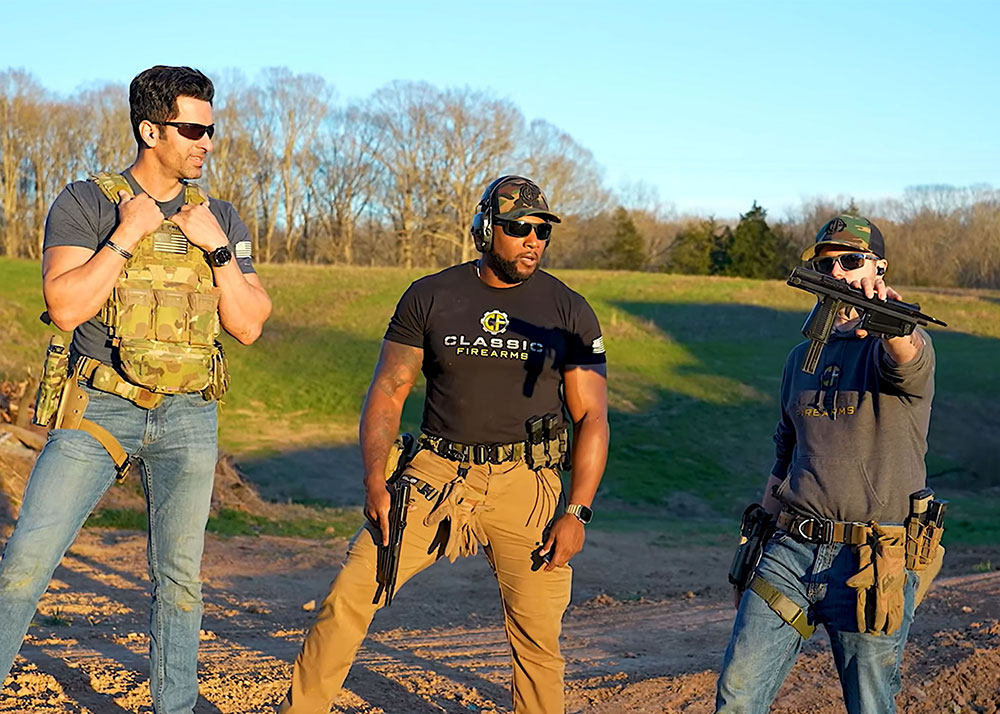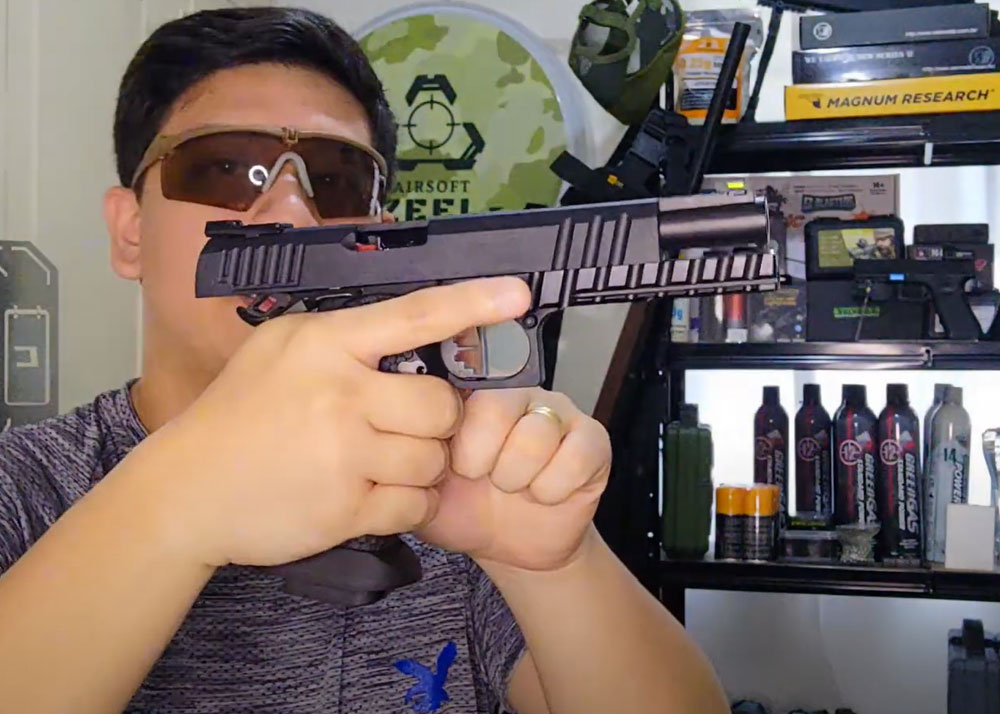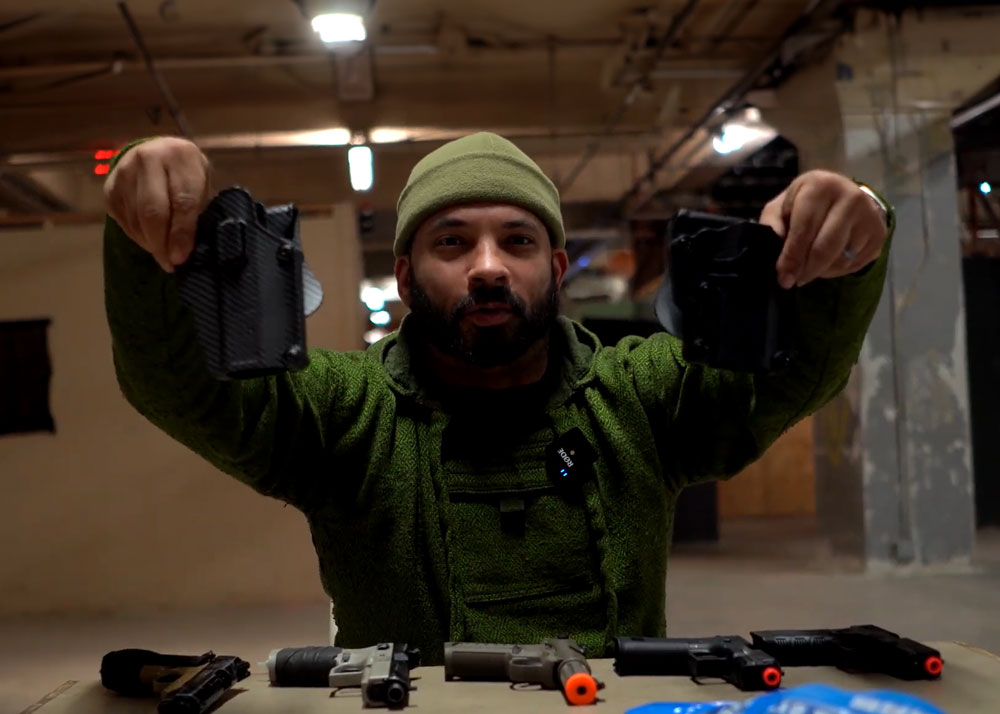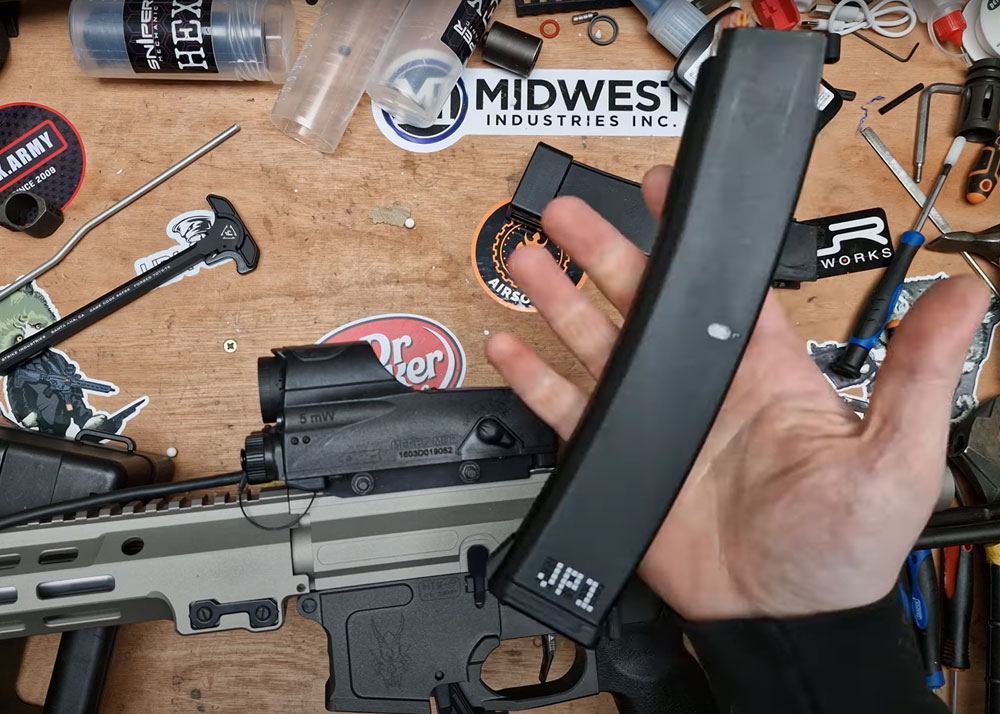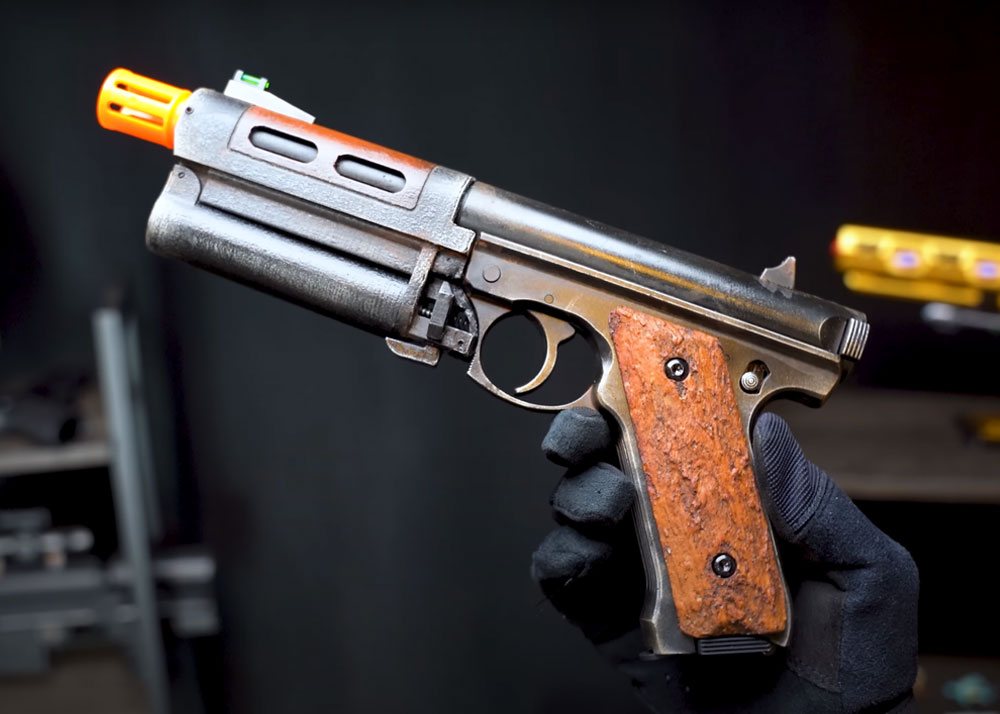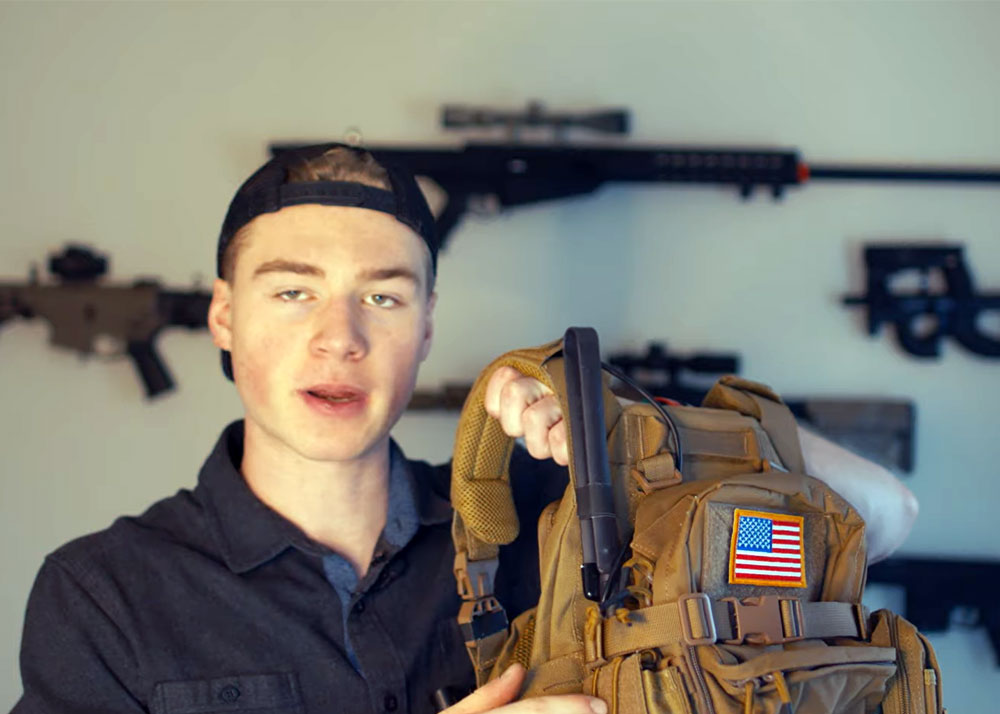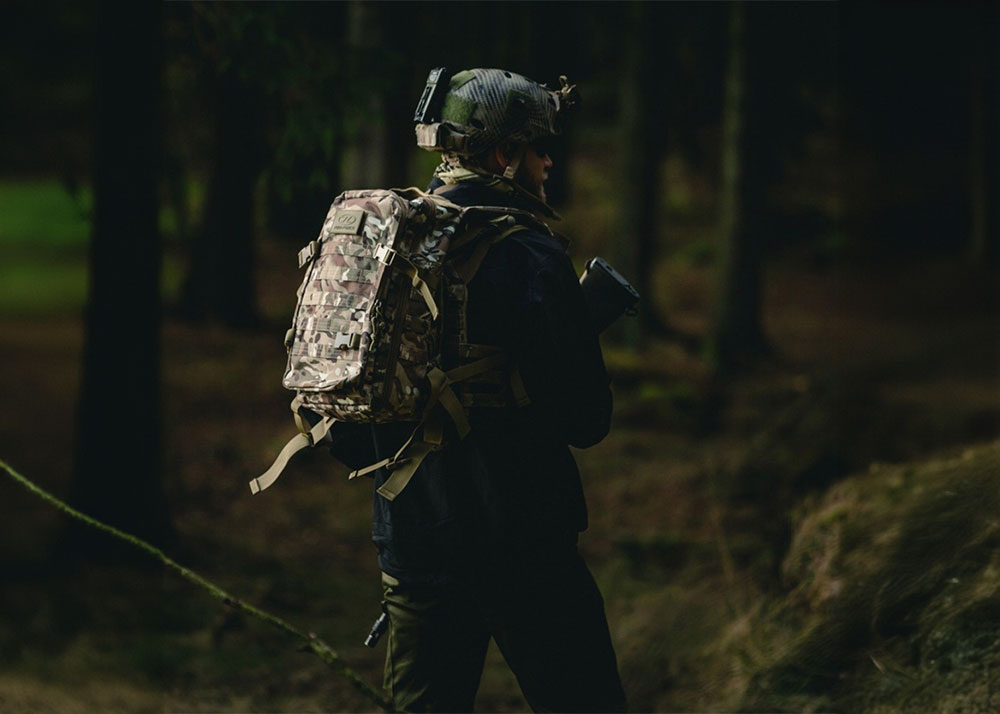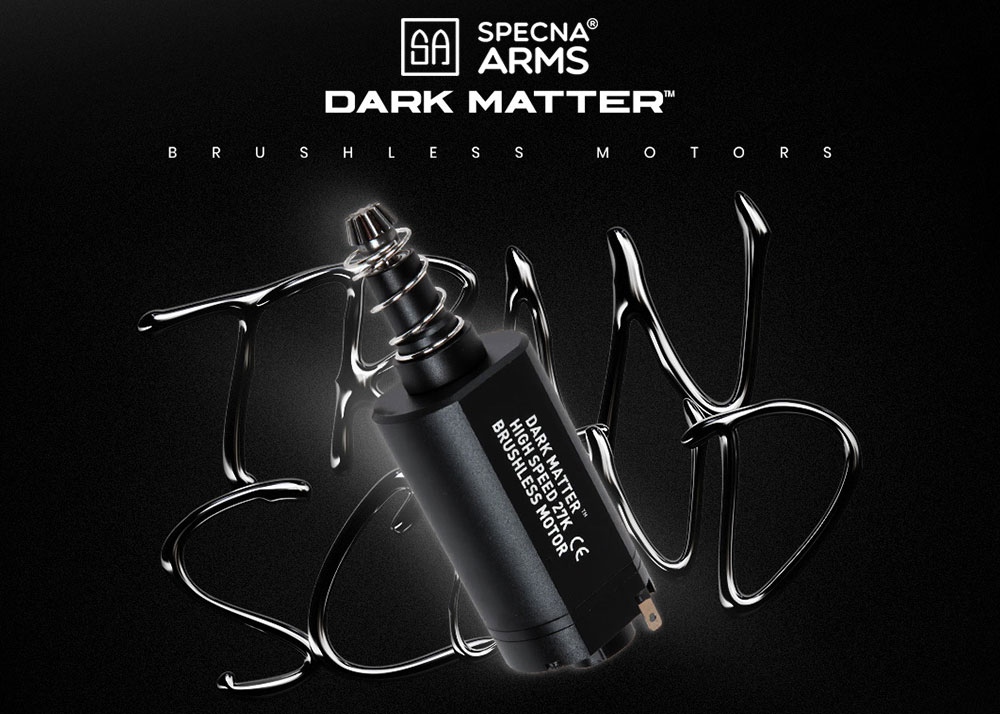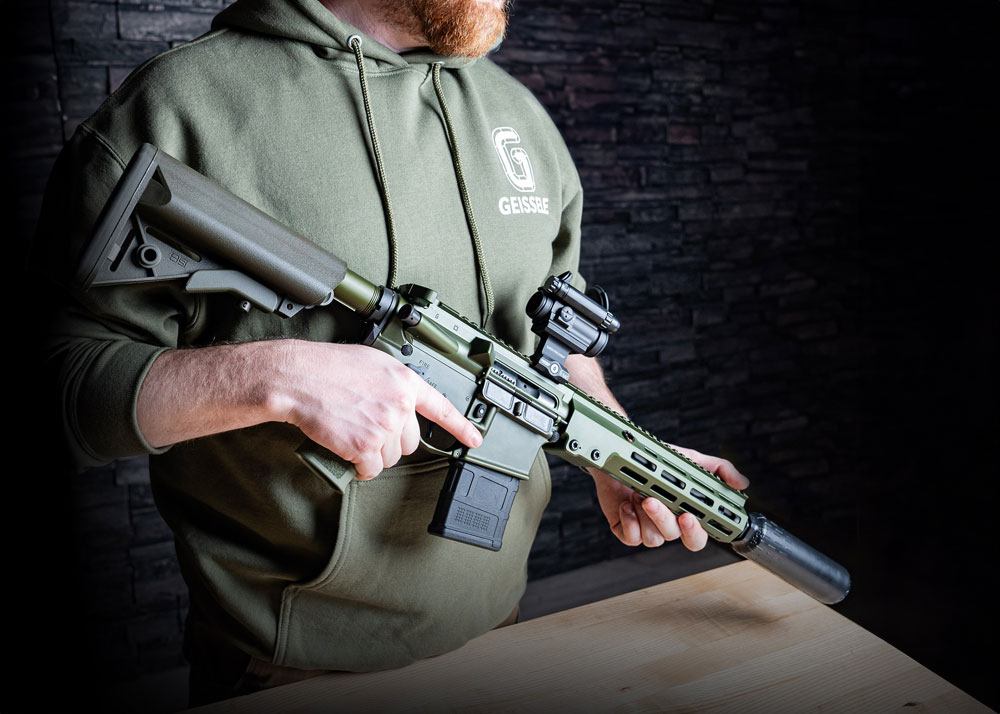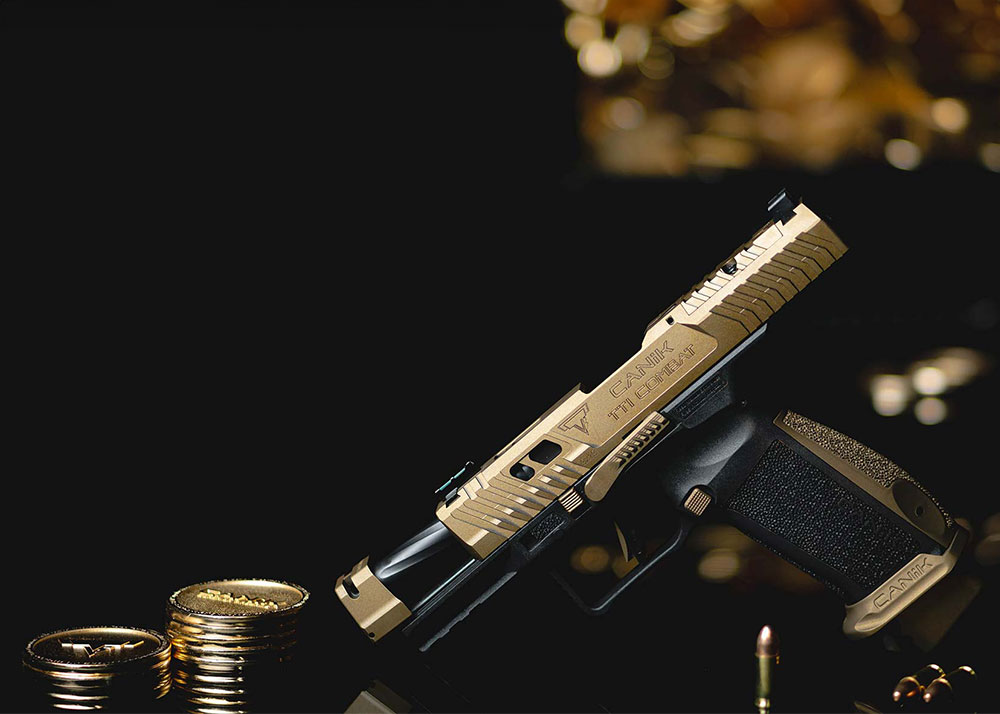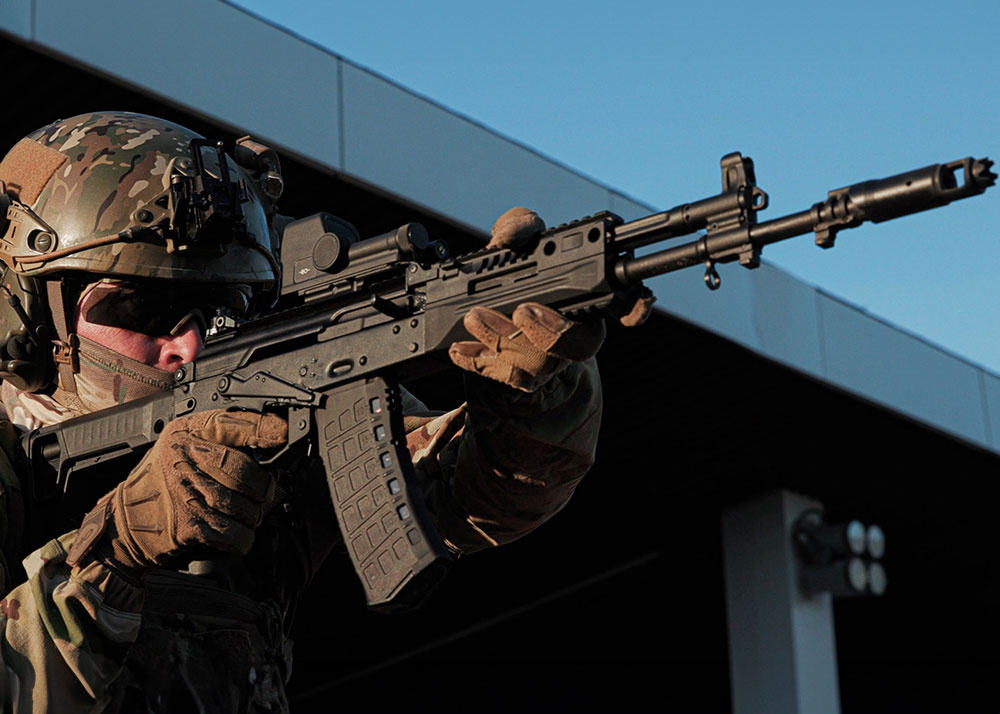50 Years Of Tokyo Marui Part 1: The First Ten Years
OptimusPrime
16 Nov 2015
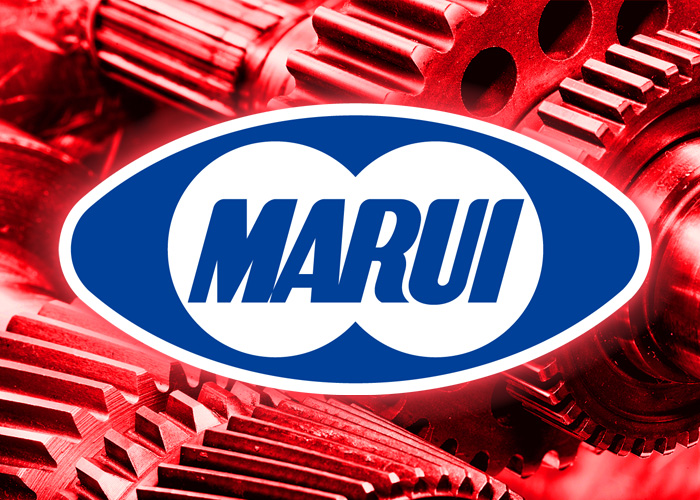
This year, Tokyo Marui hit a milestone in its history. As of late April 2015, Tokyo Marui officially turned 50 years old. But not much fanfare happened in that month, as the company planned on officially celebrating 50 years of business last 9 June 2015 which we reported about here.
50 years is such a long time, and even with fierce competition in the airsoft market, the company still has a lot of tricks up its sleeve, innovating constantly. It's still pretty much nimble, raising the bar often that makes it hard for other airsoft companies to follow. Just the recent announcement of the AA-12 Automatic Electric Shotgun during the 54th Shizuoka Hobby Show is proof that the company is still not yet done in innovating and definitely plans of continuing to do so further into the future.
Tokyo Marui, whilst known as the most respected airsoft company in the world, did not start as an airsoft company. Since its founding, Tokyo Marui established itself as a comprehensive hobby maker that includes toy design and production. Airsoft came in 20 years later, with the introduction of the Tokyo Marui Luger P-08 Pistol.
It started as a company that makes small toys such as a plane that is made of PVC for the Japanese market in 1965 with the introduction of the "Astro Boy Glider" which 2 million pieces of it were sold and was then followed by the "Zero Fighter Glider" which was an even bigger hit, selling a mind-boggling total of 300 million. Not a bad start for a company making toys for children to play with. Unfortunately, there are no photos of these gliders in the archives of the company that we can post here.
But before we continue on, many of you would wonder how the company became known as "Tokyo Marui." Well, as many would say, Google is your friend, and a quick search leads us to a story at Airsoft Hawaii. In an interview with Mr. Masaru Shimamura who handles Tokyo Marui's Public Relations (and you see him do most of the demonstration of the company's products at shows), explains about the company name and logo in that article and further expounded by him in our correspondence with them:
How to decide the name of “Tokyo Marui (東京マルイ)”? There is an old custom called “yagou” in Japan. This is similar to a signboard, and is normally combined with a mark. The founder, Mr. Iwasawa, picked “I” (イkatakana) from his surname “IWASAWA” and mark “○ (MARU)”, and combined “イ (I)” and “○ (MARU)” to make “㋑ (MARUI)”. The company started as “Tokyo Marui Toys” at Yanagihara, Adachi-ku, Tokyo, and relocated the company to Ayase near Arakawa river in 1966. The Marui Logo shows two overlapping circle as Marui was initially established by brothers, with the logo showing each of their circle ○.
The initial years for the company was that of making small toys that are based on Japanese popular culture. After toy gliders, the company moved to producing its first plastic model, a walking Dinosaur model in 1966 then followed by the plastic model of Japanese baseball legend, Sadaharu Oh who played for the Yomiuri Giants at the Nippon Professional Baseball (NPB) from 1959 until his retirement in 1981. Even now, no one has exceeded his national record of 861 hits.
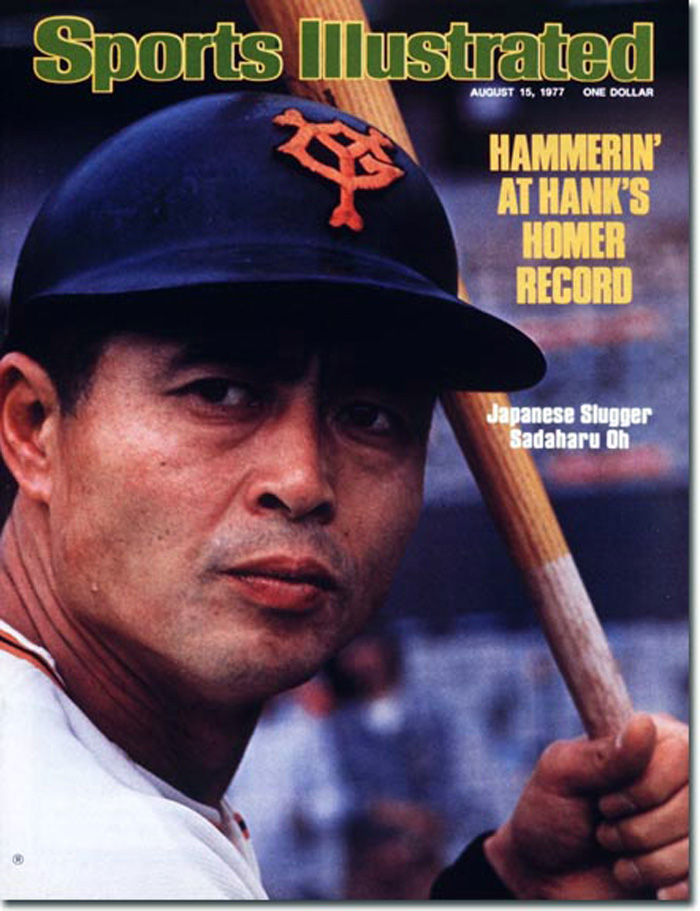
In 1969, the Apollo Space Missions were at their height with the Apollo 11 moon landing, they produced the Apollo and Lunar Lander series. In the same year, they established the mould factory. The factory had the latest equipment installed and from there, the factory engineers created the moulds to support the production of high quality products of the company. Tokyo Marui is always proud of all the engineers at the mould factory as they do the best work and consider them as key players in the company.
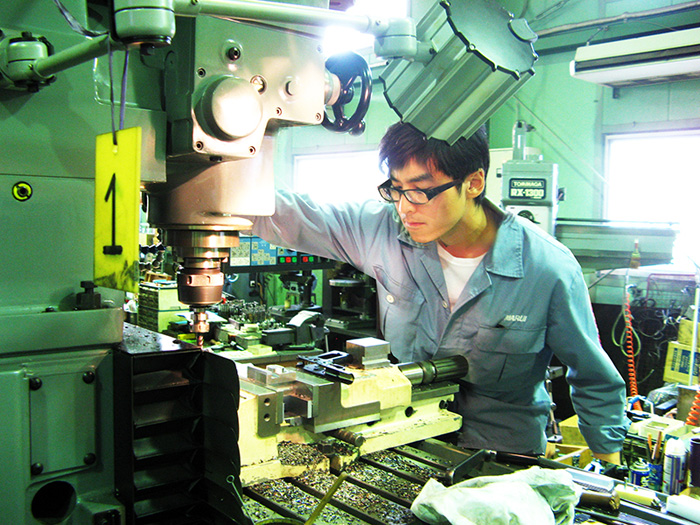
(Photo: Inside Tokyo Marui's mould factory)
They went back to baseball the next year after, though this time, they created plastic figures based on the Japanese Sports Manga written by Ikki Kajiwara and illustrated by Noburo Kawasaki called the "Star of the Giants - Hoshihiyu-ma" based on the Yomiuri Giants but using fictional characters.
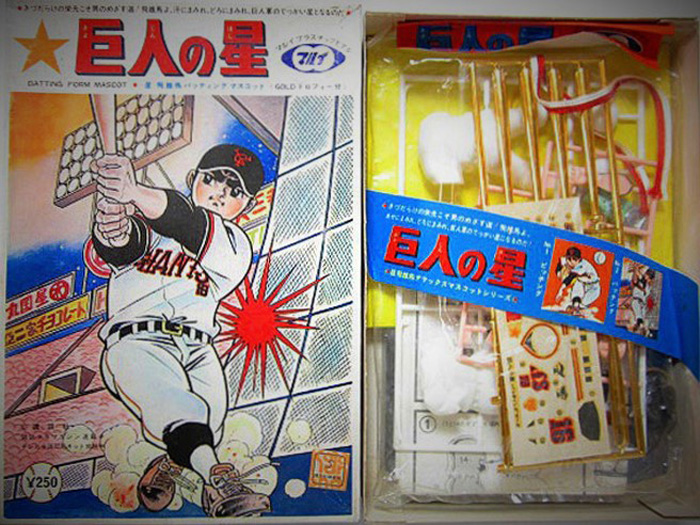
(Photo: Tokyo Marui "Star of the Giants" toy)
They also had an occult-themed line of toys called the "Thriller Series" that were released before 1970 as these ghost or horror toys were popular in Japan from that period up to the first half of 1970. The first product they released was the "Walking Hand" then followed by the Walking Neck. They are wind-up toys and are made of luminous materials that make them glow in the dark. The packaging of the "Thriller Series" had different colour packaging, with black in 1970 and in their fourth production in 1973, they changed it into red.
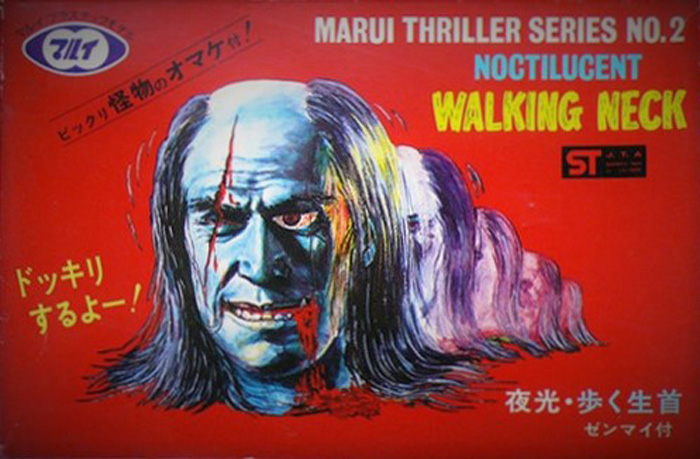
Mr. Shimamura has interesting anecdotes about the "Thriller Series". The current Executive Director of Tokyo Marui, Shigeru Iwasawa, went to visit the old headquarters as a child, when his father, Tatsuo Iwasaw was the Executive Director. He was afraid to step into the warehouse because of the Walking Necks and Walking Hands that were stockpiled inside. Another is when the Walking Hand was being developed, the Chairman's wife fell down and broke her wrist and then Executive Director Tatsuo Iwasawa cut his wrist whilst gardening. They thought that those accidents occurred due to the "Thriller Series" curse that they decided to exorcise the curse which was done in accordance with the Shinto religion. This is a purification ceremony held at a Shinto shrine which they felt relieved after the ceremony.
Nowadays, the "Thriller Series" are expensive collector's items if they are kept in perfect condition, including packaging and they can fetch around JPY200,000 to 300,000 (around US$1,600 to US$2,500). The "Walking Hand" and "Walking Neck". Featured in this episode of "Tamori Club" you can see both toys at the 11 minute mark.
By 1971, they created the plastic model of the MAT Arrow 1 used by the Monster Attack Team in "The Return of Ultraman" which aired in April 1971 up to March 1972. This plastic model was such a big hit with its capability to fly due to its wind-up power, stretching a string that is then released to power the flight of the Mat Arrow 1. It was also in 1971 that they opened their first distribution centre at Yashio, Ukizuka in the Saitama Prefecture.
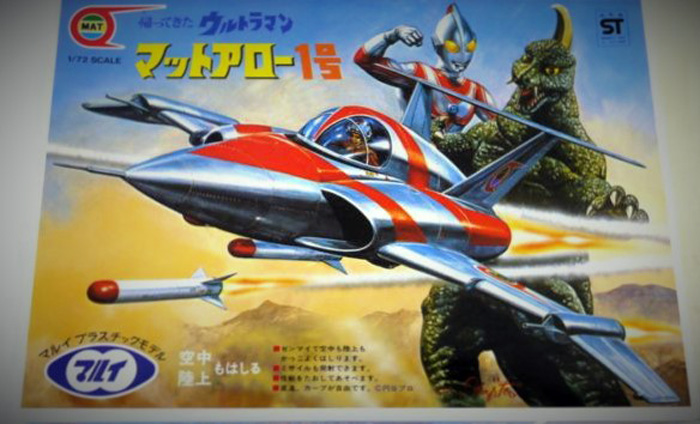
(Photo: Tokyo Marui MAT Arrow 1 toy)
The company often made toys that are licensed from popular movies and cartoon shows. But once the films or shows ended their run, toy sales plummeted. Depending on the popularity of the film or show, these toys don't usually sustain the company so they produced other ideas based on their strong “plamodel” (plastic model kits), and focused on creating breakthrough products that competitors didn't have.
- Read: 50 Years Of Tokyo Marui Part 2: Model Cars & Model Cap Firing Guns.
- Read: 50 Years Of Tokyo Marui Part 3: The Company Bets On Airsoft
- Read: 50 Years Of Tokyo Marui Part 4: 1991 - The AEG Revolution Starts
- Read: 50 Years Of Tokyo Marui Part 5: Entering The 21st Century
- Read: 50 Years Of Tokyo Marui Part 6: 20 Years Of The AEG & Going Strong

